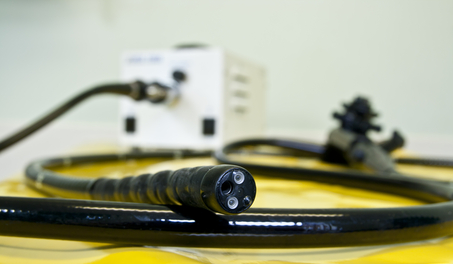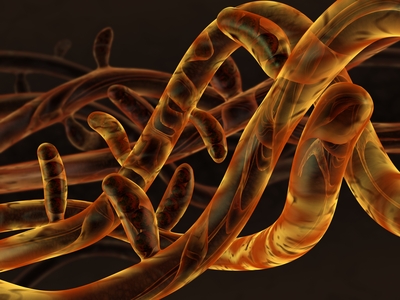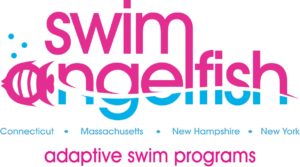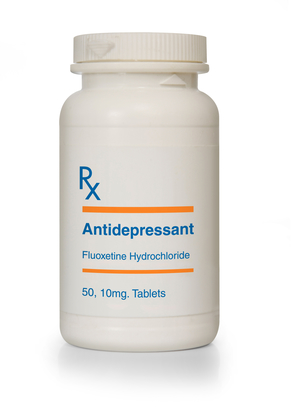 When my younger son was born, he, too, was “fussy” and “colicky”. He had an outright problem with nursing: he refused to.
When my younger son was born, he, too, was “fussy” and “colicky”. He had an outright problem with nursing: he refused to.
When he would, he would shriek in pain or fill up so much (probably because he was starving) that he would throw it right back up. [Read more…]
 Some of the first red flags I had from my older son were his failure to eat solid foods, his projectile vomiting any food or breast milk he did eat, and, later, his failure to thrive.
Some of the first red flags I had from my older son were his failure to eat solid foods, his projectile vomiting any food or breast milk he did eat, and, later, his failure to thrive.
 Gut dysbiosis — this topic is the motherlode. It’s one of the two core (in my opinion) reasons for the explosion of chronic childhood illnesses we see today.
Gut dysbiosis — this topic is the motherlode. It’s one of the two core (in my opinion) reasons for the explosion of chronic childhood illnesses we see today. My older son with sensory processing disorder (SPD) benefited greatly from going to a land-based occupational therapist (OT) for six months. I asked her what we should do about him learning to swim, given that he had such a bad experience with it when he was 2 years old.
My older son with sensory processing disorder (SPD) benefited greatly from going to a land-based occupational therapist (OT) for six months. I asked her what we should do about him learning to swim, given that he had such a bad experience with it when he was 2 years old. WARNING: I am a huge, biased fan of Cindy Freedman and Ailene Tisser of
WARNING: I am a huge, biased fan of Cindy Freedman and Ailene Tisser of  When my older son was 3-1/2, I finally learned that he had sensory processing disorder (SPD); this realization let me recognize the signs later on that my younger son had it as well.
When my older son was 3-1/2, I finally learned that he had sensory processing disorder (SPD); this realization let me recognize the signs later on that my younger son had it as well. Here’s how I finally got help for Sensory Processing Disorder.
Here’s how I finally got help for Sensory Processing Disorder.
 It’s spring (finally!), and I’m craving fresh vegetables. I kid you not: once you eat a cleaner diet, you like the way it makes you feel.
It’s spring (finally!), and I’m craving fresh vegetables. I kid you not: once you eat a cleaner diet, you like the way it makes you feel.

